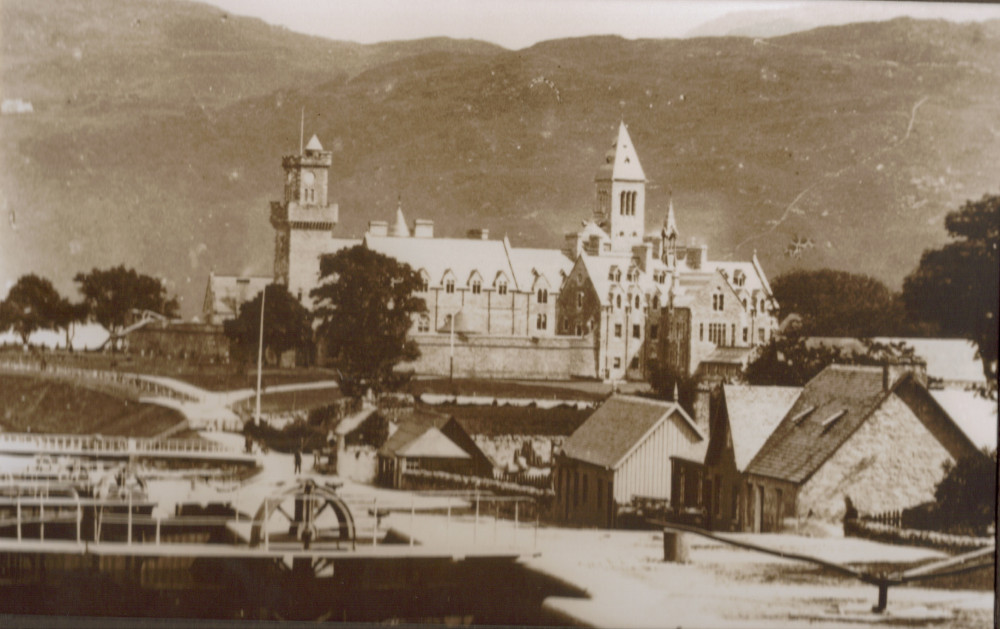
Initial sparks
SSE’s roots are in small local electricity undertakings in the 1880s, many years before the National Grid, large power stations and domestic supply came into existence.
Electric trams and lighting were seen, though in only a few places and with the latter in the form of carbon arc lamps, sizzling, and flickering in railway stations and on street lamps. It was said by some that the electric light would never catch on in the home.
Image: Carbon arc lamp 1896

First customers
In the late 1870s Godalming became the first town in Britain to receive a public electricity supply. The power source? A waterwheel. A similar project was undertaken in Greenock which was Scotland's first hydro-electric installation for public supply.
The first project of this nature in the highlands was established at the Benedictine Abbey at Fort Augustus on the southern banks of Loch Ness. The monks used a hydro-electric turbine to power their electric organ and the surplus energy was used to power homes in the nearby village. This initiative was enjoyed by both the monks and villagers for over 50 years.
Image: Godalming plaque commemorating first electric lamp install

The grid is established
These successes were not isolated and after several successful Acts of Parliament, the Scottish Electricity Grid was established, and the National Grid began operation. Combined, a national 132kV system was fully operational across both grids by the late 1930s.
Image: Benedictine Abbey at Fort Augustus

